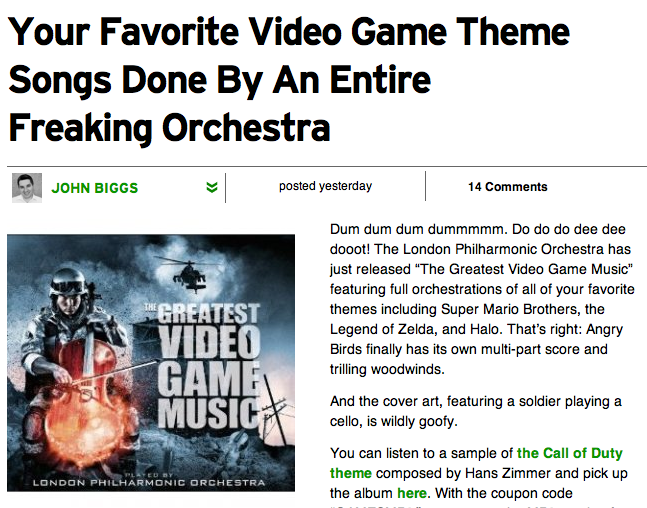So often it seems arts organizations take a “build it and they will come” attitude towards innovation. If you get lucky, you’ll build exactly the type of experience that a new audience (or an existing one) will want… but too many times a new programming idea falls flat after a lot of investment of both time and money.
That’s why I found this case study on prototyping featured on the ArtsFWD website so interesting. They argue that prototyping is important both to test out new ideas and to make sure you can show an early “win” to stakeholders so others at the organization get behind what you’re doing:
Implementing an innovation doesn’t happen all at once. We suggest you take a measured approach to introducing your new strategy, rather than betting the house on it. For all sorts of reasons, you want to establish an early “win” that will help others see that this could be important, and that encourages their support. So design an event or activity incorporating the innovation, and make it one where the stakes are low. Read the full article.
They also show prototyping in action at the Denver Center Theatre Company in a video case study. It was fun to see the three very different events they tested out on a Denver audience and the learnings from each. Is this more structured approach to creativity something the orchestra world should adopt?



